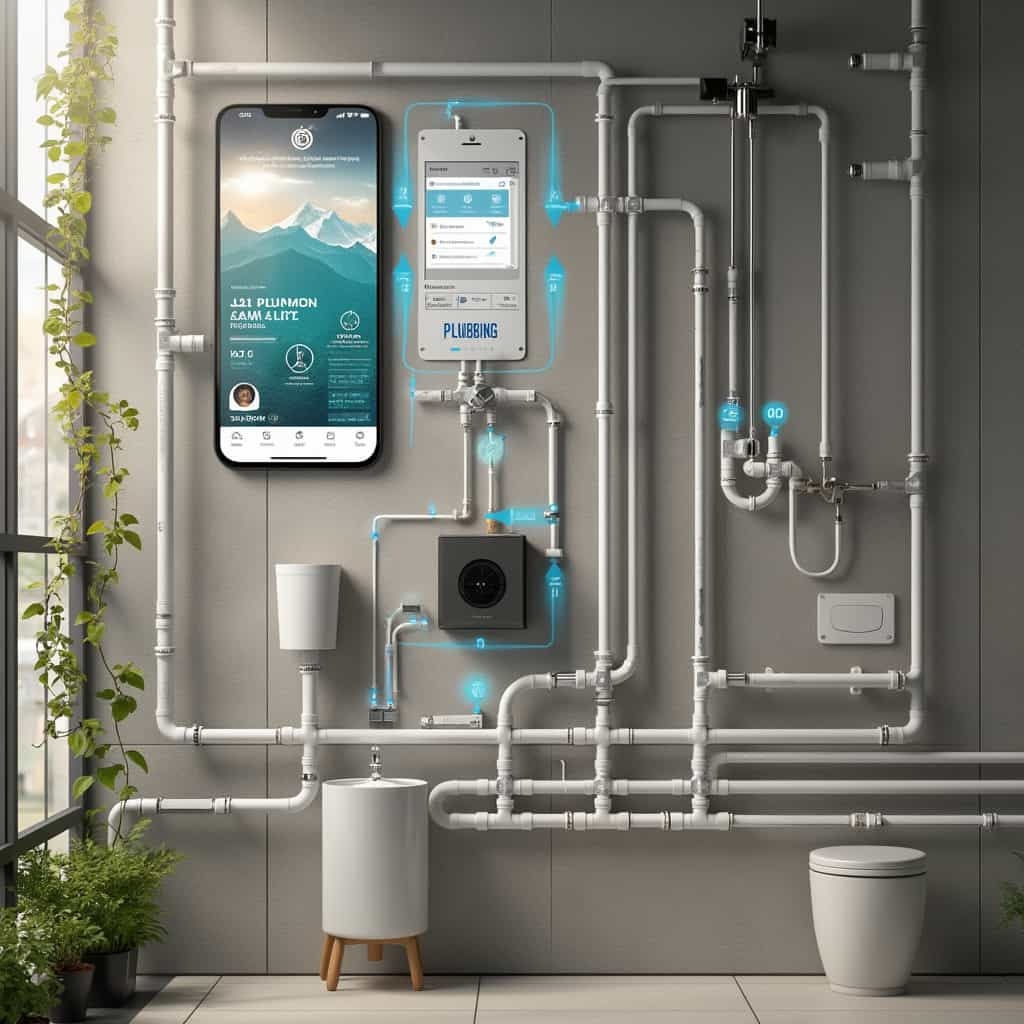In the realm of home improvement, plumbing installations stand as a cornerstone for ensuring both comfort and functionality in residential spaces. The complexity of a plumbing system cannot be overstated; it is an intricate web that supports every water-using function within a home. From the bathrooms to the kitchen, and even the garden, each segment of plumbing requires careful consideration and precise execution.
Historically, plumbing traces its roots back to ancient civilizations such as the Romans, who pioneered sophisticated aqueduct systems. These early innovations laid the groundwork for modern plumbing, transforming inaccessible basic needs into readily available resources. Today’s systems, of course, have advanced far beyond those rudimentary conduits, incorporating technology and sustainable practices to meet the evolving demands of households.
Understanding the nuances of plumbing installation begins with recognizing the various components involved. From the pipes and faucets to intricate valve systems and filtration devices, each element plays a vital role in maintaining the fluidity and safety of water systems. The selection of materials is a fundamental consideration; copper remains a traditional favorite for its durability, while modern innovations have seen the rise of PEX piping, known for its flexibility and resistance to scale and chlorine.
When considering a new plumbing installation or an upgrade, homeowners are typically confronted with a myriad of proposals, each with its own range of costs and benefits. It is this decision-making process which can often be overwhelming, as balancing budget constraints with quality desires is not a trivial challenge. In order to navigate this landscape effectively, it is crucial to compare proposals based on key factors such as material quality, warranty terms, and the reputability of the contractor.
One commonly used approach for assessing proposals is to start with budget allocation. Plumbing costs can vary significantly depending on the scope of the project. For instance, a simple kitchen sink replacement might range between $200 and $500, whereas a comprehensive overhaul of an entire home’s plumbing system can escalate into the tens of thousands. An informed choice should take into account not just the upfront cost, but the long-term durability and maintenance requirements of the installations.
Cost considerations alone should not overshadow the importance of quality workmanship. The adage ‘you get what you pay for’ resonates well in the plumbing industry. Subpar installations may result in minor inconveniences, or even drastic failures such as leaks or bursts, which could lead to costly repairs. Opting for experienced professionals can mitigate these risks, ensuring that installations are carried out with precision and adherence to building codes.
Various experts in the field underline the necessity of balancing quality with cost. For instance, John Matthews, a seasoned plumbing contractor with over 30 years of experience, recommends that homeowners ‘always vet contractors by checking previous work and customer testimonials. A reliable contractor will be transparent about the costs and the scope of work involved, and should offer a warranty that instills confidence.’ Such assurances can be invaluable in making a decision.
It is also crucial to consider energy efficiency and sustainability when planning plumbing installations. Modern systems often incorporate fixtures that reduce water consumption and enhance efficiency. Low-flow toilets, faucets, and showerheads are now commonplace in green building initiatives, often providing significant savings on utility bills while contributing to environmental conservation. When comparing proposals, checking for such environmentally friendly options can offer additional long-term benefits.
Moreover, technological advancements have begun to infiltrate the plumbing industry in ways previously unimaginable. Smart systems are now available that allow homeowners to monitor and control their plumbing remotely using smartphone applications. These systems can detect leaks, automatically shut off water in case of an emergency, and provide real-time statistics on water usage. While these options can be more costly, they offer a level of convenience and safety that can be invaluable, especially in areas prone to water-related disasters.
Furthermore, an often-overlooked aspect of plumbing installations is the potential for personalized aesthetics. From antique-style faucets that add a touch of classical elegance to clean, modern lines that accentuate a contemporary look, personal preference plays a significant role in the decision process. While aesthetics may not directly influence functionality, they can significantly impact the overall satisfaction with the installation.
You may also like
The Perks and Challenges of Buying a Detached House in the Suburbs
Buying a detached house in the suburbs offers a tranquil lifestyle with potential financial benefits. This article delves into cost considerations, advantages, and options for suburban homes, offering a comprehensive comparison of the most appealing market proposals.
The Intricacies of Acquiring a City Center Apartment: Proposals, Prices and Perks
Acquiring an apartment in the city center offers numerous advantages, including access to amenities and a vibrant lifestyle. However, it also presents challenges such as high prices and limited availability. This article explores proposals, costs, advantages, and issues associated with purchasing a central city apartment, while providing a comparison of the most competitive offers available.
The World of Bathtubs
The humble bathtub has undergone a remarkable evolution, offering consumers a plethora of choices from luxurious freestanding models to accessible designs for the elderly. This article explores the newest trends, models, and market dynamics in the bathtub industry, providing insights into the innovations and economic factors affecting purchasing trends worldwide.
Bathroom: Style and functionality in Shower Designs
The shower industry is undergoing a remarkable transformation with innovative designs, technologies, and market trends shaping the future of bathroom fixtures. From shower enclosures to combo units and walk-in showers, consumers are now enjoying a variety of options for style, functionality, and value for money. This article delves into the latest trends, new models, and best offers available, providing insights into geographical purchasing behaviors and emerging technologies in the shower market.
